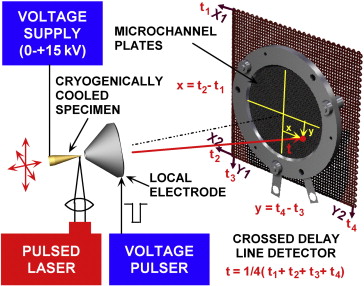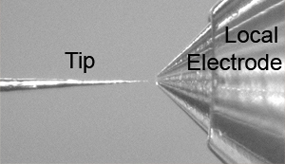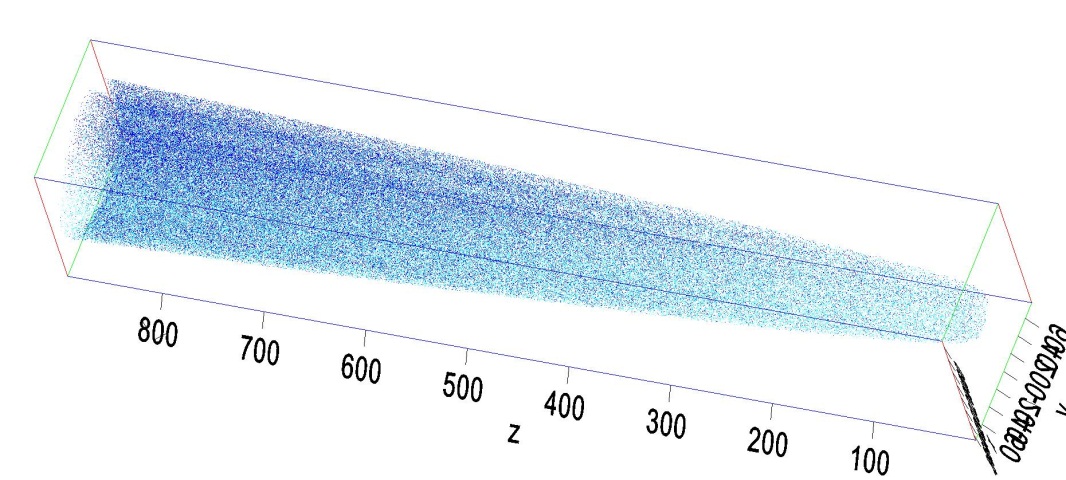


![]()
A critical component missing from our understanding of hydrogen embrittlement is knowledge of the hydrogen concentration at specific locations such as around dislocations, grain boundaries, precipitates, and second phase particles in the metal. Until such data is observed and understood, the true mechanism of hydrogen embrittlement will be a continuous debate. Current techniques (such as tritium radiography, thermal desorption spectroscopy, secondary ion mass spectrometry, microprint lithography and so on) have insufficient special resolution for observing concentrations at the nanometer scale, but atom probe tomography has promising potential to detect the hydrogen concentrations with atomic resolution and is worth pursuing as a future technique.
The goal of my research is to use the Local Electrode Atom Probe (LEAP) to successfully detect hydrogen concentrations around microscopic features in a metal, specifically steel. Steels are of particular interest due to their use in many applications in which hydrogen is present. Resolving the issue of hydrogen hydrogen embrittlement or learning how to mitigate against it is an essential component in advancing towards a hydrogen economy.
Atom Probe tomography uses field ion evaporation and a detector to create atomic resolution reconstructions of each ion of the specimen in 3-dimensional space.

I am currently designing a proof of concept for detecting hydrogen concentrations in a metal lattice using the LEAP. Atom probe specimens are very fine tips with a radius of around 50 nm and a long taper as seen below. The tip aspect ratio, paired with the high diffusivity of hydrogen in many metals, makes it challenging to retain hydrogen in most materials before executing atom probe tomography. My preliminary experiments use deuterium charged aluminum and beta-titanium, both of which have a stable native oxide that acts as a hydrogen permeation barrier, keeping the hydrogen in the material after charging. Deuterium is used instead of hydrogen since the mass spectrometer on the atom probe detector can effectively differentiate deuterium ions in the material from hydrogen ions in the background signal.


The goal of my research is to use the Local Electrode Atom Probe (LEAP) to successfully detect hydrogen concentrations around microscopic features in a metal, specifically steel. Steels are of particular interest due to their use in many applications in which hydrogen is present. Resolving the issue of hydrogen hydrogen embrittlement or learning how to mitigate against it is an essential component in advancing towards a hydrogen economy.
Atom Probe tomography uses field ion evaporation and a detector to create atomic resolution reconstructions of each ion of the specimen in 3-dimensional space.



PhD in Materials Science and Engineering
BS in Materials Science and Engineering, UIUC (Pending)
Hydrogen Embrittlement
Atom-Probe Tomography
Atom-Probe Tomography